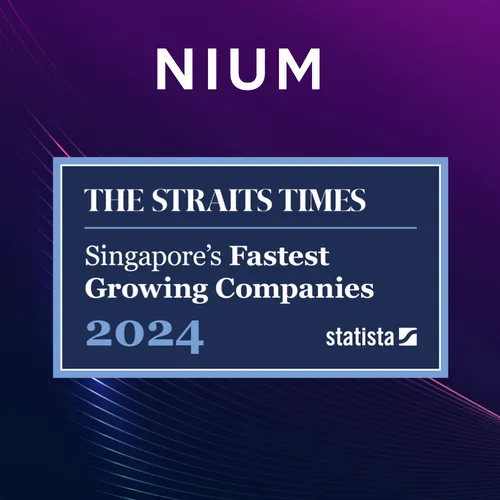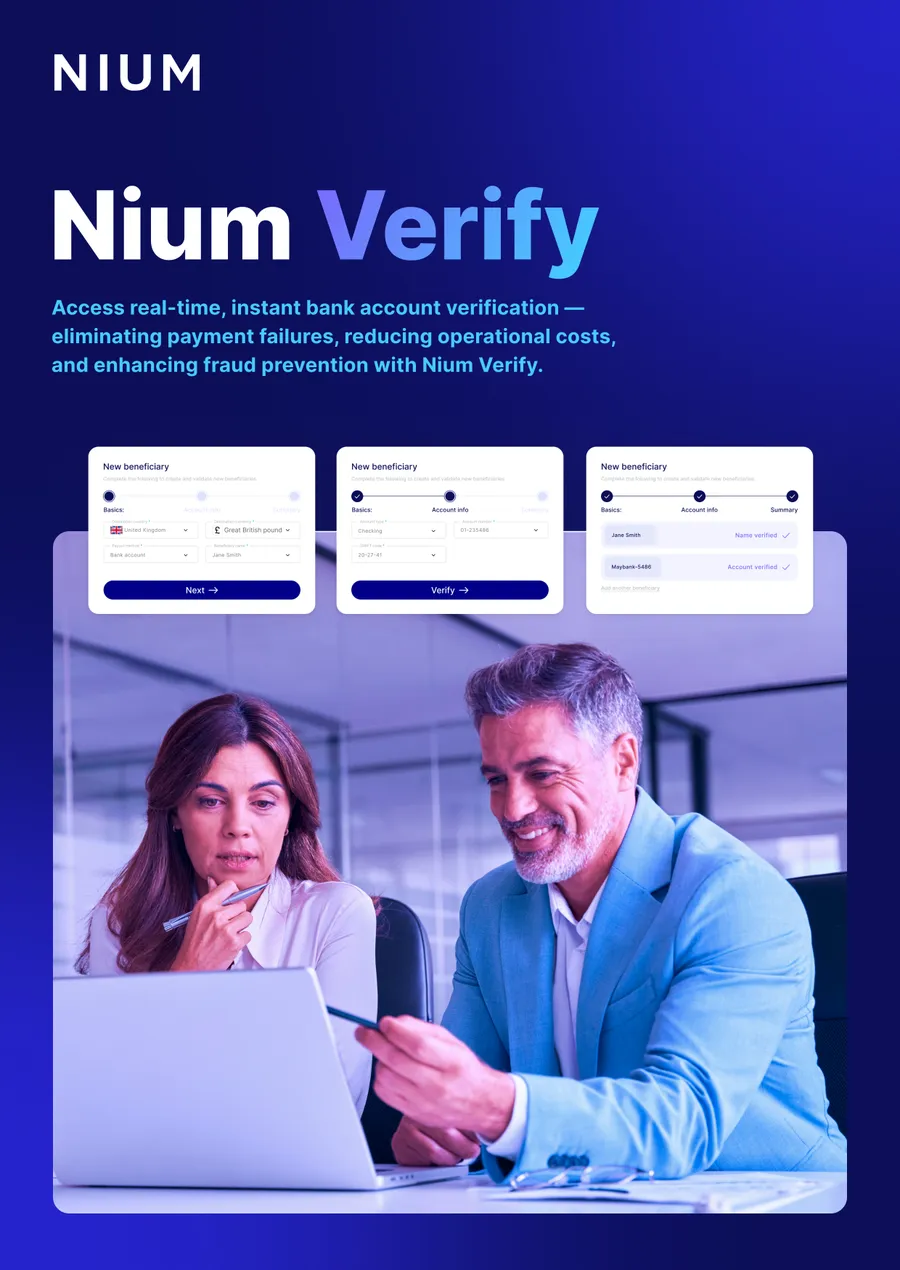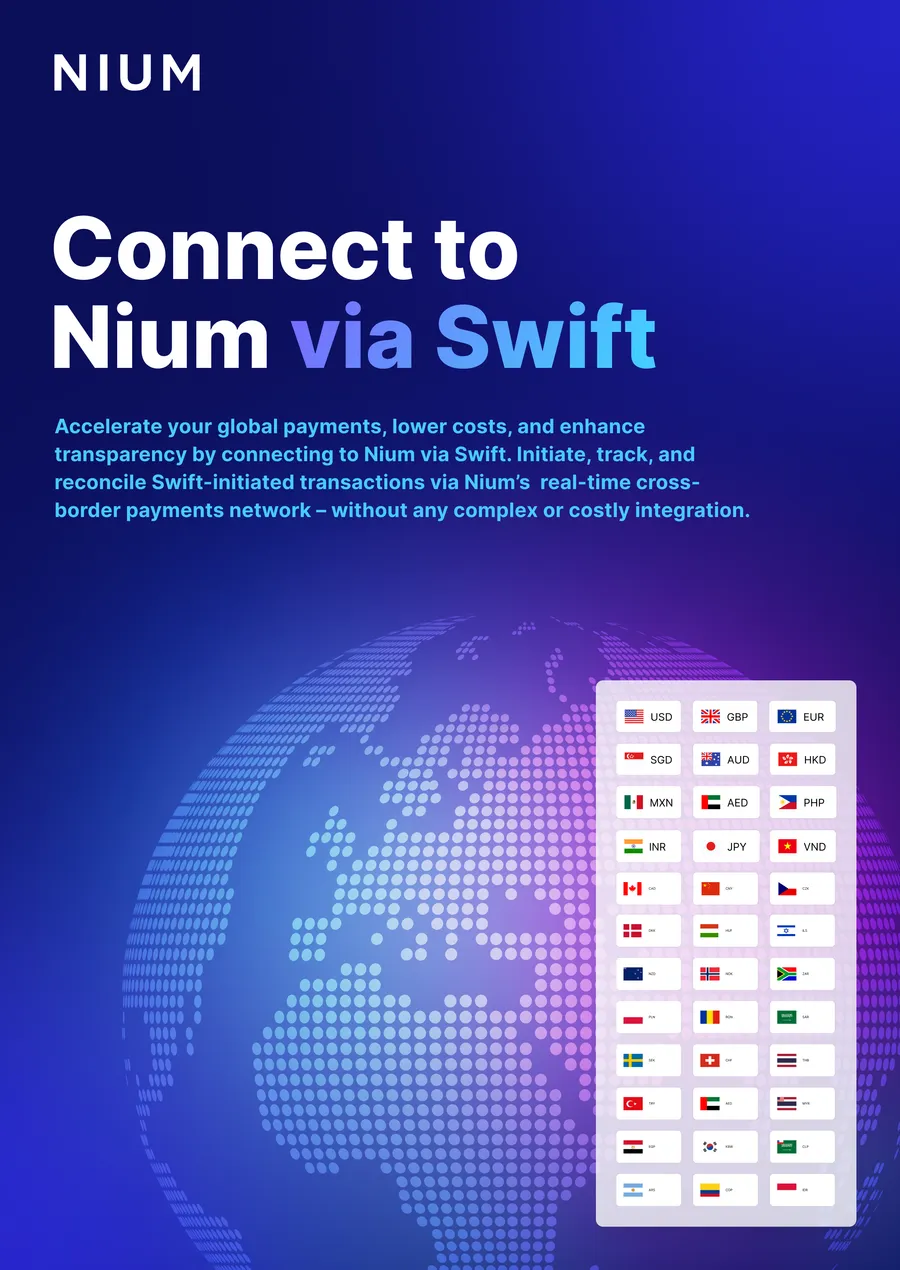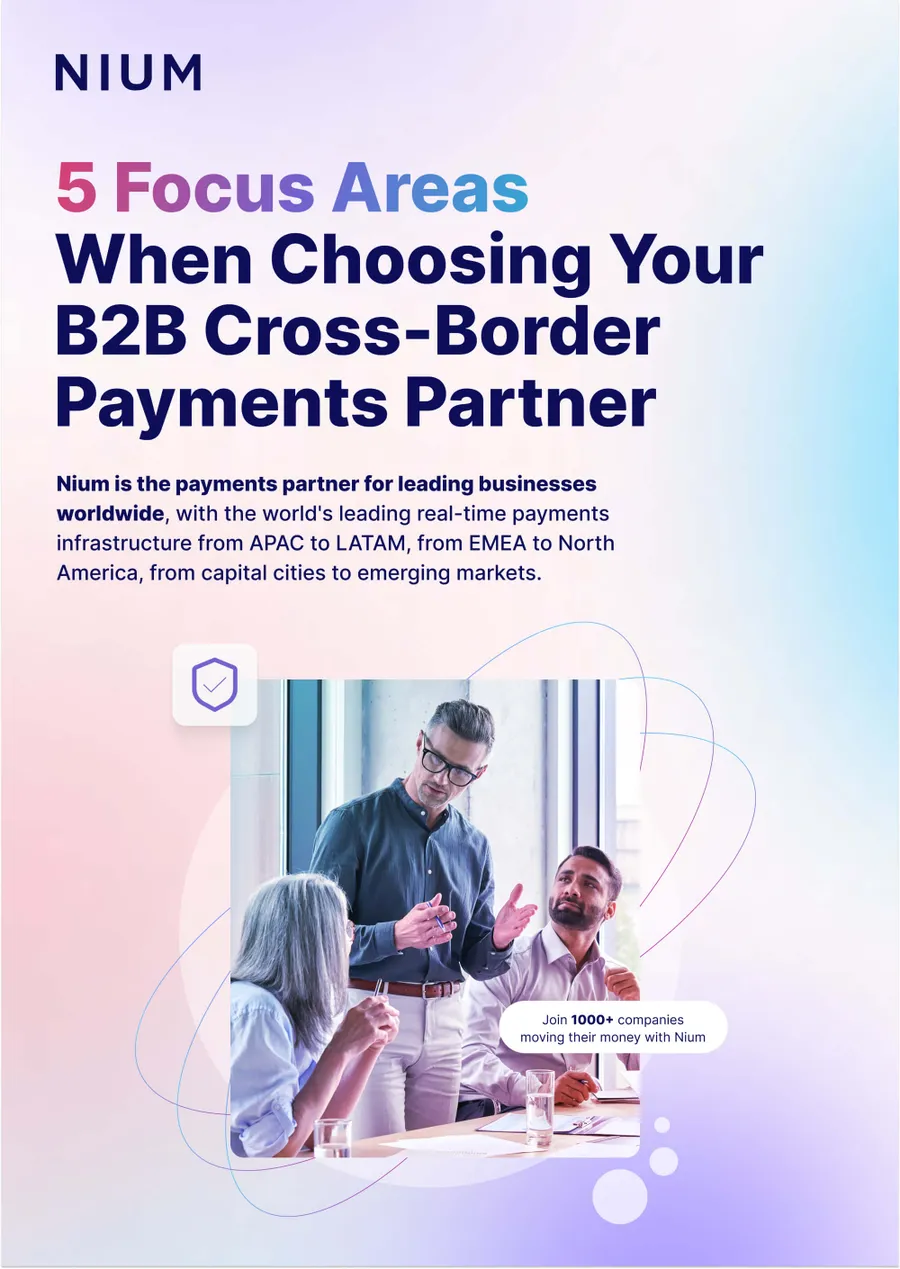Travelers love online travel agents (OTAs). Today, 41% of travelers admit they prefer booking via OTAs, while 29% book direct and 29% book via travel agents. This is reflected in the immense value in the market, with the online travel industry generating revenue worth more than $800 billion in 2021 and expected to hit $1463.98 billion by 2027.
The reason for the industry’s success is clear – OTAs offer more choice, more convenience, and more security for consumers, helping consumers manage their travel, hotels, and rentals all via a single partner and a single payment. However, this convenience comes at a cost for OTAs. Agents have to manage complex networks of payments between suppliers and stakeholders on behalf of travelers, driving up the costs, risk, and administration behind the scenes.
However, modern fintech payment systems have the potential to transform the way money moves through the air travel ecosystem, giving OTAs more control, transparency, and insight into the payment processes. Here we explore how the right payment partner can help OTAs soar.
The OTA payment ecosystem
Travel agents have always played a key role as the customer-facing entry point for a complex ecosystem. Air travel and holidays involve a wide range of stakeholders, processes, and geographies – it’s notable that in an era where agents have been disintermediated from many industries, OTAs continue to see growing demand, particularly during times of uncertainty. A 2021 poll by the American Society of Travel Advisors found 76% of travel advisors saw an increase in customers compared to prior to the pandemic, while 81% said they were hearing from consumers who had never used an advisor.
Payment challenges for OTAs
The convenience of OTAs relies on them serving as a single point of contact for booking, payment, and management for all the other stakeholders in the air travel process, including airlines, hotels, rental companies, and more. But while the customer enjoys the simplicity of a single booking, OTAs have to manage a complex payment distribution process while balancing the thin margins and commissions endemic in the air travel industry
The way these payments are managed directly impacts the profitability of OTAs, due to:
- Payment costs: Data from Nium Travel shows that the average hit to travel agency profit margin from avoidable payment-related costs is up to 20%.
- Fraud: According to IBM, travel and transportation is the second most targeted industry for cybercriminals, with OTAs losing billions every year to fraud.
- Foreign Exchange: OTAs have suppliers and customers spread worldwide, and need reliable and cost-efficient cross-border payments for international trade.
- Complex Reconciliation: OTAs have thousands of bookings and payments to manage, with different teams needing to track these, and most are using different tools. The average 12-person travel agency spends 20 hours a week on payment processing.
- Partner friction: Working with card payments between OTAs and airlines, airlines are forced to implement measures to control transaction costs through surcharges and declined payments, straining relationships with key partners.
Meanwhile, payments are increasingly important for customer experience, with 70% saying ease of payment experience impacts their choice of travel agent or tour operator, while 84% of travelers prefer to pay using their own local currency.
To succeed, OTAs need to take a holistic approach to payments that balances customer experience, internal efficiency and ecosystem connectivity.
Why OTA payments need to evolve
One of the most transformative innovations in air travel payments has been the use of virtual credit cards (VCCs) to manage the payment process, which are estimated to improve OTA margins by up to 25%. The next generation of change will come from moving beyond the traditional ‘double-loop’ payment system. In this type of system, once a customer makes a payment to an agent (first-loop), the payment then has to be distributed to each of the relevant suppliers and service providers (second-loop).

This can be particularly tough for OTAs when there are high payment volumes, foreign exchange fees for international trips, flight cancellations, disputes, refunds, etc. The complexities in managing the second loop are further magnified because three or more vendors may be involved in each transaction.
This leaves OTAs with a significant amount of reconciliation and administration work, while reporting on the scope of activity becomes extremely challenging. 24% of travel and tourism CFOs say slow payments are a top challenge, with 26% saying that it’s too complicated to manage multiple vendor relationships and 23% saying that it’s difficult to obtain real-time access to sales and transaction data.
But by combining the existing efficiency of VCCs with a connected payment network, OTAs can start building a truly modern payment experience.

Closing the loop with Nium
Nium Airline Payments (NAP) is an industry-first B2B payment solution based on ‘closed-loop’ technology, taking VCC payments to the next level. NAP creates a more equitable, sustainable, and future-proof model for travel sellers, using UATP authorization rails coupled with fast settlement times for airlines using bank transfers.
In closed-loop systems, the payment method is linked to the system itself, with the payment type optimized for the context in which it is used. This allows greater control and automation over the system. Instead of payments being a point of friction between stakeholders in the air travel ecosystem, NAP streamlines the process to reduce costs, accelerate payment and open the door to efficient automation of reconciliation and reporting.
OTAs using NAP can benefit from:
- Higher acceptance with guaranteed acceptance and no surcharges, declines, and Agent Debit Memos (ADMs).
- Efficient, transparent reporting and reconciliation efficiencies already offered by Nium Travel Payments.
- Interchange cap protection to reduce margin erosion risk by pre-empting regulatory changes.
- Improve relationships with airlines based on incentive terms instead of relying on interchange-based rebates.
- Faster rebates on a daily basis, instead of monthly or quarterly.
- Additional payment methods for your current product suite, offering more convenience for customers and partners.
To find out more about the OTA payments transformation opportunity, download our new guide ‘Closing the loop for air travel : A new payments model for airlines and online travel agencies’ or book a call with one of our payment experts.


.png@webp)


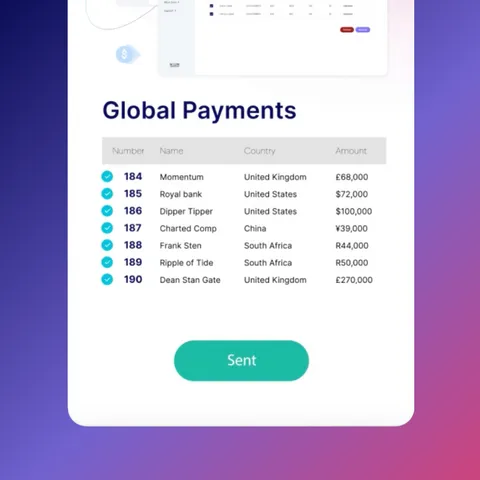
.png@webp)
.png@webp)
